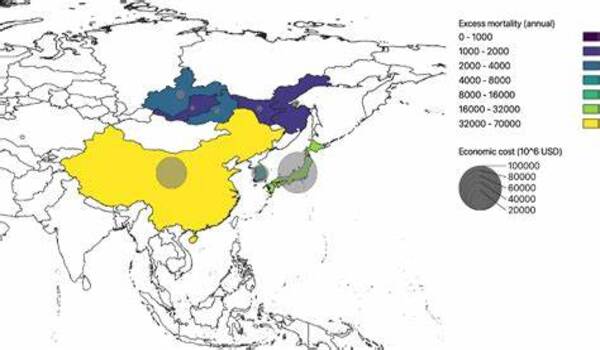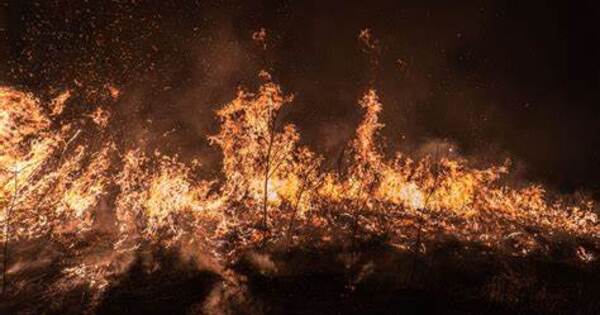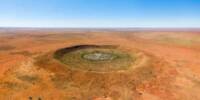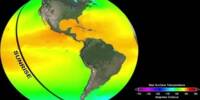As wildfires in Siberia become more common, global climate modeling predicts severe implications on climate, air quality, health, and the economy in East Asia and throughout the northern hemisphere.
Researchers at Hokkaido University, as well as colleagues from the University of Tokyo and Kyushu University, have studied the global implications of increased wildfires in Siberia. The findings, published in the journal Earth’s Future, point to large and widespread impacts on air quality, climate, health, and economics under the most extreme wildfire scenarios.
The authors conducted global numerical simulation experiments to assess how increased wildfire intensity in Siberia would affect air quality, premature mortality, and the economy via increased atmospheric aerosols (air pollution particles) under current climate and near-future global warming scenarios.
“Our modeling reveals a cooling effect broadly across the northern hemisphere and worsened air quality in extensive downwind regions,” says Associate Professor Teppei Yasunari from the Hokkaido team.
Our results suggest that increased efforts are needed to limit the effects of the Siberian wildfires somehow to prevent excess deaths, respiratory and other illnesses, and economic losses because it is hard to prevent the occurrence of Siberian wildfires in such large areas.
Associate Professor Teppei Yasunari
Wildfires have a significant impact on the atmosphere because they emit atmospheric aerosols, which are mixes of small particles suspended in the air. These aerosols have an impact on air quality and can have long-term consequences for the climate.
This study focused on Siberian wildfires and used a Japanese global climate modeling system called the Model for Interdisciplinary Research on Climate version 5 (MIROC5) in conjunction with other models, including the aerosol model SPRINTARS. The study combines atmospheric impacts with investigations into the linked influences between the atmosphere and the oceans.
The simulated atmospheric cooling effect across broad areas throughout the northern hemisphere is likely linked to the reflection of sunlight from the aerosol particles. The research suggests this may induce a partial suppression of warming under the near-future global warming conditions near the Siberian wildfire areas.
Under the most extreme wildfire scenario, another significant impact will be worsened air quality due to particulate and gas (aerosol precursor) pollution emissions, not only in the local regions but also across large areas of East Asia that are generally downwind of the wildfires.

“Our results suggest that increased efforts are needed to limit the effects of the Siberian wildfires somehow to prevent excess deaths, respiratory and other illnesses, and economic losses because it is hard to prevent the occurrence of Siberian wildfires in such large areas,” Yasunari says.
According to the modeling, the predicted direct impact of higher mortality due to air pollution might result in health-related expenses of almost $10 billion per year. However, this study did not account for the significant additional expenses and indirect societal impacts that may emerge from non-fatal illnesses, such as working absenteeism and diminished educational prospects. As a result, in practice, higher costs may be achievable.
The surprisingly broad significance of wildfires in Siberia as assessed by global sensitivity simulations using the global climate model suggests that the model’s performance should be further refined to allow for quantitatively improved estimated impacts that will aid efforts to understand and mitigate the effects.
“Our findings send a critical message about the broad effect of increased particulate matter due to massive wildfires in the atmosphere on climate and air quality, which will become ever more significant as the worldwide changes due to global warming proceed,” Yasunari concludes.
















